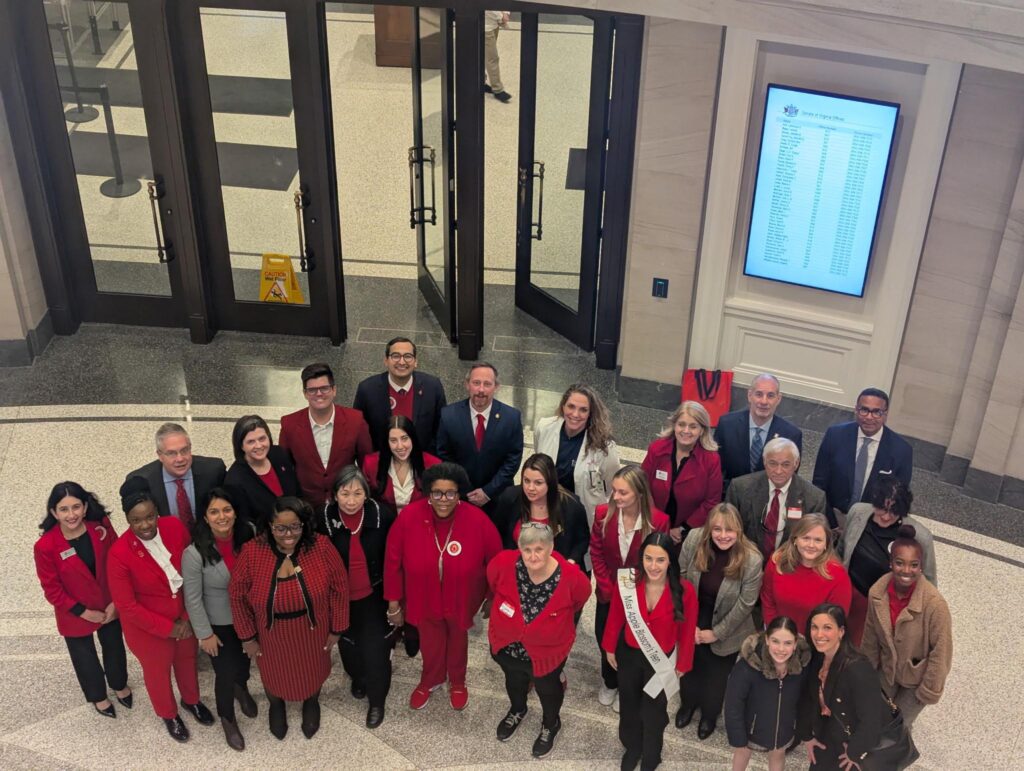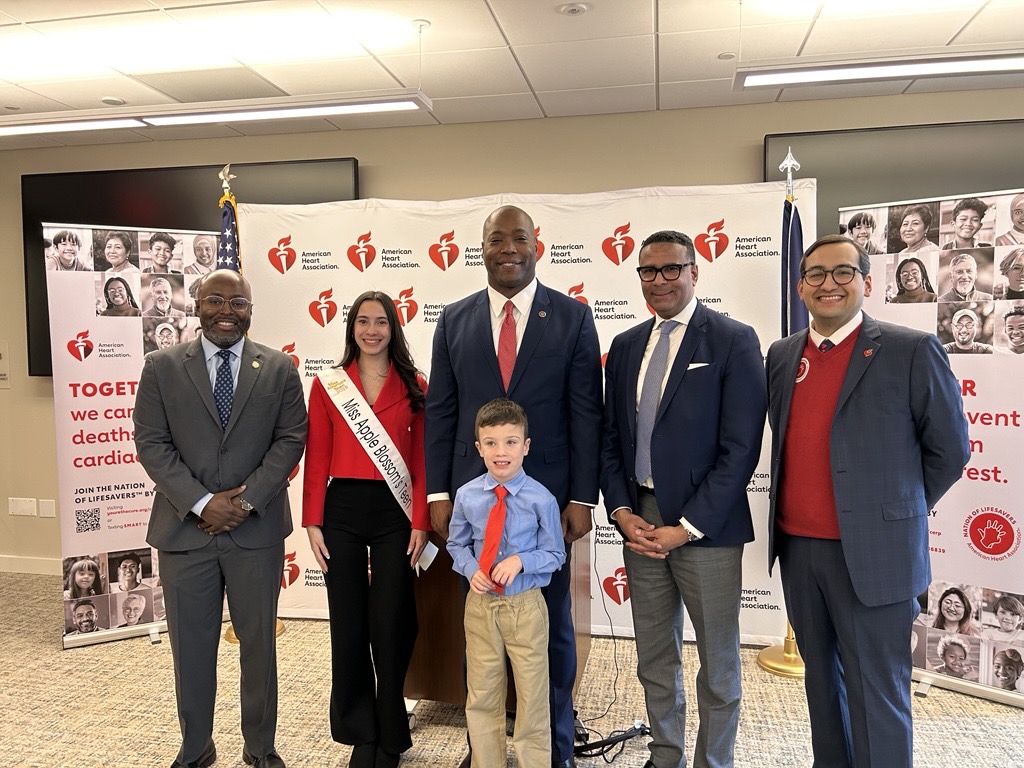
On March 24, 2025, Virginia Governor Glen Youngkin signed SB817 and HB1695 into law. This new legislation requires schools to develop and implement cardiac emergency response plans (CERPs).
A cardiac emergency response plan is a written document that establishes specific steps to reduce death from cardiac arrest in school settings. A CERP can increase survival rates from cardiac arrest by 50% or more by enabling a trained lay-responder team to take action.
Beginning July 1, 2025, all Virginia public elementary and secondary schools will be required to work with local emergency medical services to develop and implement CERPs. The plans will be practiced and updated annually.
“Think of it like a fire or tornado drill,” said Gonzalo Aida, Virginia State Government Relations Director with the American Heart Association. “Schools will now have to make sure they have a solid plan in place to address cardiac emergencies. This includes knowing where the nearest AED is and how to use it.”
More than 356,000 cardiac arrests occur outside of a hospital annual in the United States and about 10% of those people survive. The American Heart Association is working to increase the number of people ready to perform CPR in an emergency. Currently, only about 40% of these people get the immediate help they need before emergency responders arrive.

With about 49.5 million students enrolled in U.S. public schools in pre-K to grade 12, about 3 million teachers in the public school system, plus numerous staff, it is important for school facilities in every state to have a plan in place to address cardiac arrest, a leading cause of death in the U.S.
This effort wouldn’t have been possible without the volunteers and board members at the American Heart Association in Virginia. We’d like to extend a special thank you to Olivia Pacheco and Cayden Shipley, two Youth Heart Ambassadors who came to the general assembly to advocate for CERPs.
We also want to thank the like-minded organizations that joined us in support;: The NFL, Project ADAM, Virginia Athletic Trainers Association, Virginia Association of School Nurses, the Virginia chapter of the American College of Cardiology, and the Virginia Education Association.